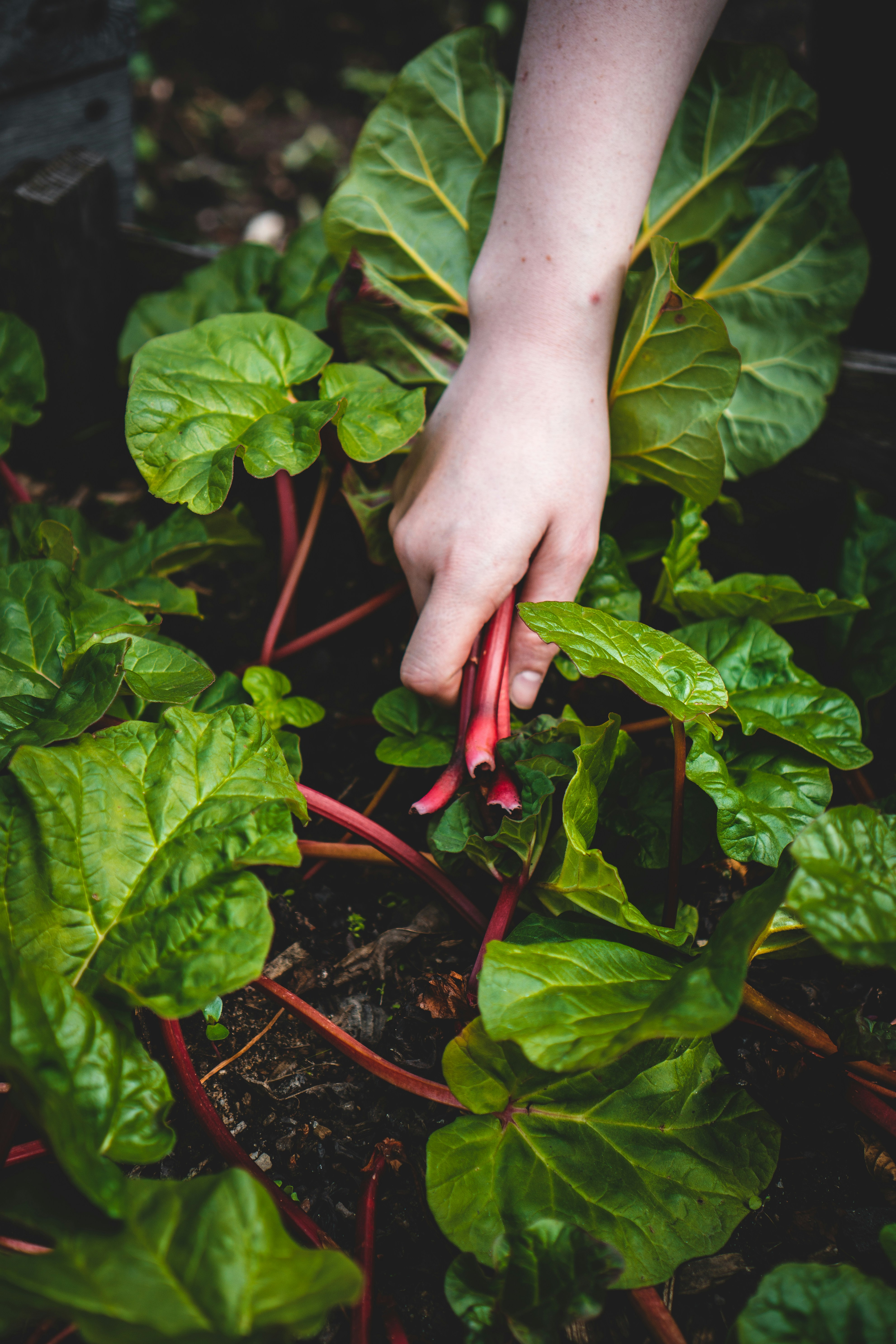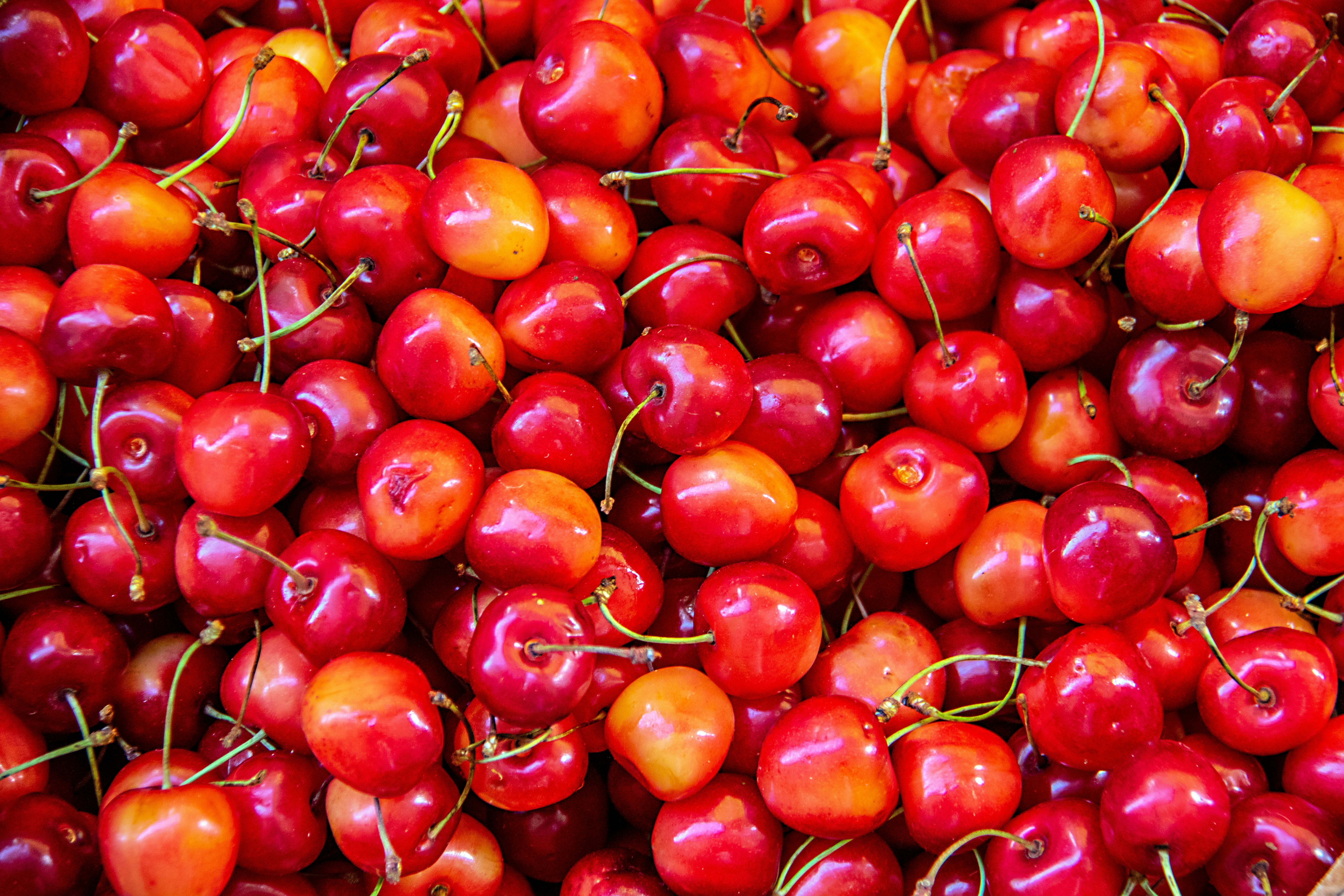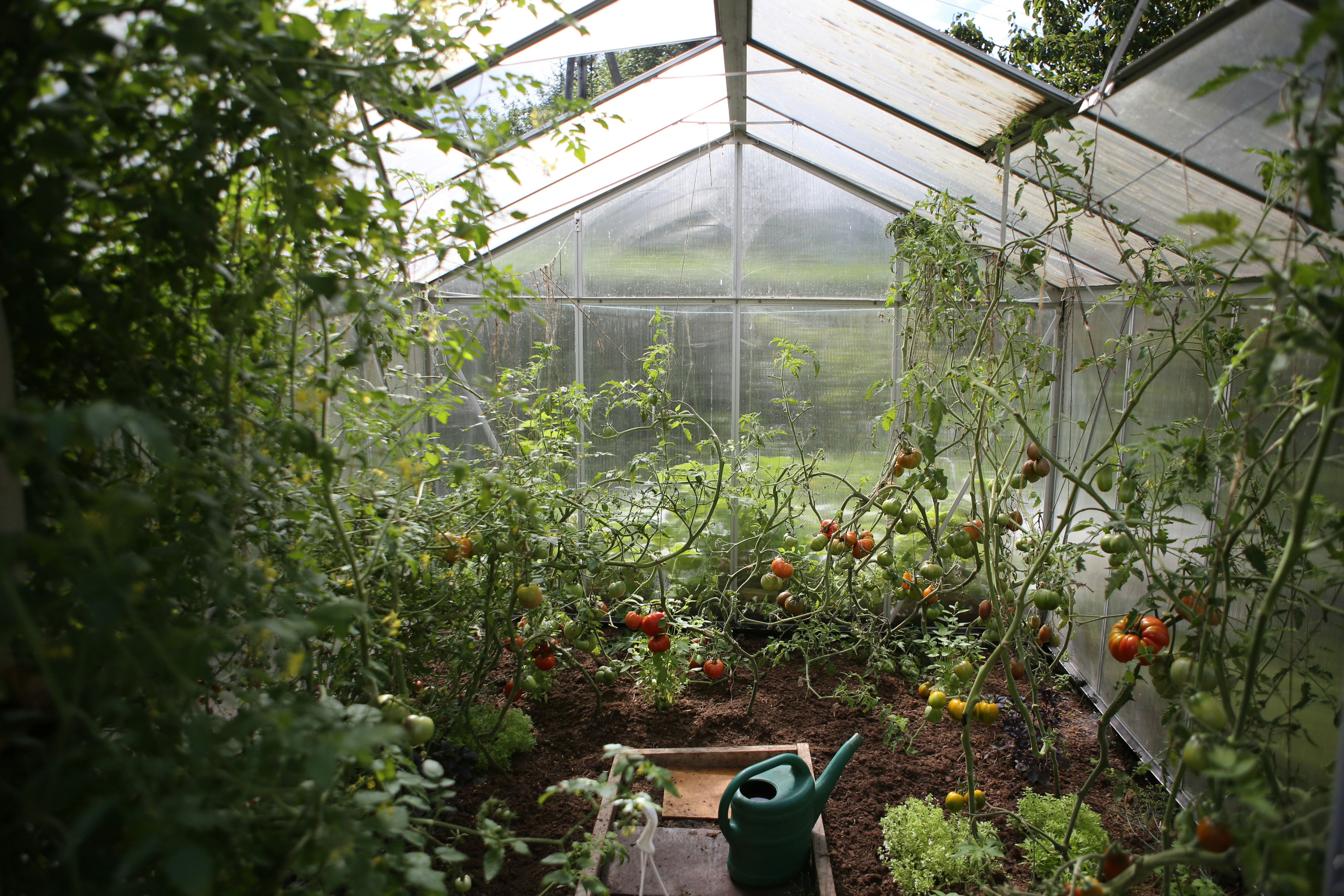Oct 10, 2018
7 Trees for Adding Spectacular Fall Color to Your Home Landscape
By Robin Catalano
We’re fortunate to live in an area of the country that’s treated to a fireworks-spectacular change of color every fall. If you enjoy autumn colors as much as we do, the timing is perfect for incorporating more of them into your home landscape. With soil temperatures remaining warm but air temperatures cooling off at night, trees are able to establish themselves better than at other times of the year. And they’ll make your surroundings even more vibrantly beautiful, whether you live in a city neighborhood, a sprawling suburb, or a small rural town.
Here are some of our favorite ornamental trees—including several native species—for adding rich color to your landscape.
Bald Cypress
The state tree of Louisiana, the bald cypress is a native North American deciduous conifer, with short needles that vary from yellow-green in the spring to green in the summer and bold orange-red in the fall. It’s adaptable to both wet and dry landscapes, and is a favorite of wildlife, especially its globe-shape, seed-filled cones. The bald cypress has been the subject of many writers’ musings, including poet Henry Wadsworth Longfellow.
Needs: full sun; acidic, loamy, moist, sandy, silty loam, well-drained, or clay soils.
Size: grows from 50 to 70’ tall and 25’ around. The bald cypress increases in height at a rate of 13 to 24” per year.
Black Tupelo
Also commonly known as the gum tree or sour gum tree, the black tupelo has a distinctive hide-like bark and a wild range of fall colors—from crimson and plum to mustard and orange—often on the same branch. Bees have a special affinity for this tree, which makes their honey light in color and smooth and mild in flavor.
Needs: a minimum of 4 hours full sun per day; acidic, loamy, moist, rich, sandy, silty loam, or well-drained soil.
Size: grows from 30 to 50’ high and 20 to 30’ around. A slightly slower-growing tree, it increases in height from about 12 to 24” per year.
Eastern Redbud
Another North American native, the Eastern redbud is known for its bright pink, delicate spring blossoms. But its heart-shaped leaves also put on a show, transforming from deep green in the summer to vibrant yellow in the fall. Its irregular branching patterns make each tree unique, and lend it an eye-catching shape that looks elegant even in the winter. Butterflies and other nectar-seeking insects adore the Eastern redbud, as do small birds, such as chickadees, who eat the seeds and create nests in its branches.
Needs: a minimum of 4 hours full sun per day; acidic, alkaline, loamy, moist, rich, sandy, well-drained, or clay soil.
Size: grows from 20 to 30’ high and 25 to 35’ around. Height increases clock in at 13 to 24” per year.
Japanese Maple
A classic choice in Japanese landscape design, this modest-size tree sports vibrant red leaves in spring and fall; they may turn green in summer. Its Japanese nickname, momiji, has a double meaning that refers to both the shape (“baby’s hands”) and color (“becomes crimson”) of its leaves.
Needs: a minimum of four hours full sun per day; acidic, loamy, moist, rich, sandy, silty loam, well-drained, or clay soil.
Size: grows from 15 to 25’ tall and 20’ around. It can add 12 to 24” in height per year.
Sassafras
If you grew up in the Northeast or Southeast, you may have enjoyed homemade sassafras root beer, which is made from the roots of this native North American tree. The roots and bark, both of which have a distinctive aroma, were once used in medicinal preparations, as well. In the fall, the leaves turn dazzling shades of yellow, orange, red, and purple. Its dark blue fall fruit is a favorite of bird, deer, and bears.
Needs: a minimum of four hours full sun per day; acidic, moist, loamy, wet, or well-drained soils.
Size: grows from 30 to 60’ tall and 25 to 40’ around. Expect the sassafras tree to grow 13 to 24’ per year.
Sourwood
The sourwood is unique in that it’s a native of North America, has no related species, and isn’t found on other continents unless planted. It became popular among pioneers and mountain climbers for its sap, which can be used medicinally, and its oblong leaves, which can be made into a tea that soothes thirst. Bees who feed on the tree produce a highly prized honey that’s rare in most areas of the country. The sourwood blooms with a profusion of midsummer flowers that bear a resemblance to lily-of-the-valley and have an intoxicating scent. In autumn, the green leaves turn vermillion, reddish-purple, and deep yellow.
Needs: 6 hours of full sun per day; acidic, loamy, moist, sandy, well-drained, or clay soil.
Size: grows from 25 to 30’ tall and 20’ around. It increases in height from 13 to 24” per year.
Sugar Maple
Perhaps the best known of all autumn-color-bearing trees, the sugar maple is also a native favorite across the North and East, with four states designating it their state tree. The sugar maple has been used for centuries for its syrup and its lumber, and the inner bark was even used in a tea by Native Americans to treat a variety of ailments. One of the flashiest of trees, its deep green leaves—a tasty treat for goats, deer, and moose—turn scarlet, burnt orange, and ocher in the fall.
Needs: a minimum of 4 hours full sun per day; deep, well-drained, acidic to slightly alkaline soil.
Size: grows from 60 to 75’ tall and 40 to 50’ around. The sugar maple will increase in height from about 12 to 24” per year.
Nature Works Organic Land Care can help you choose trees that work for your landscape. Call us today to discuss tree installation.


































































